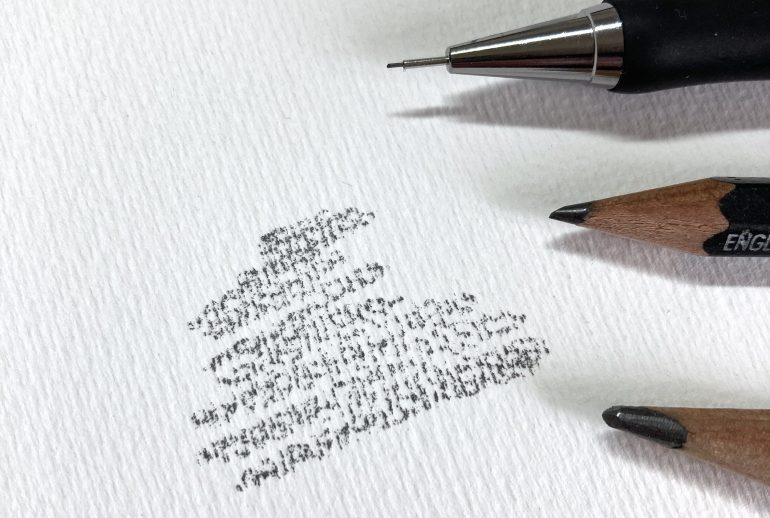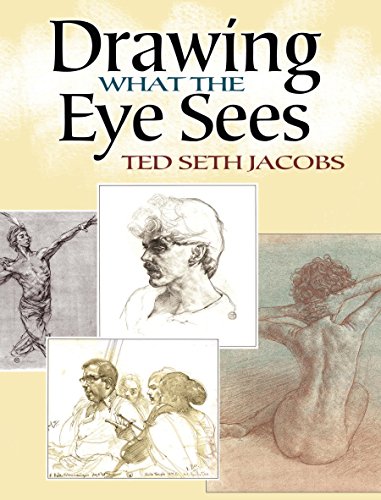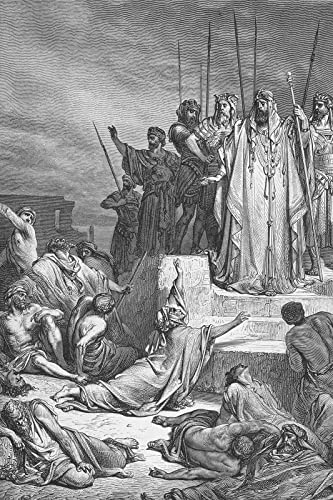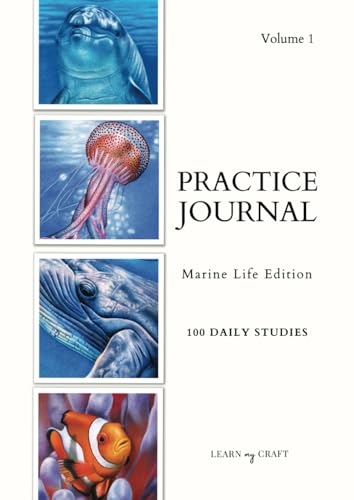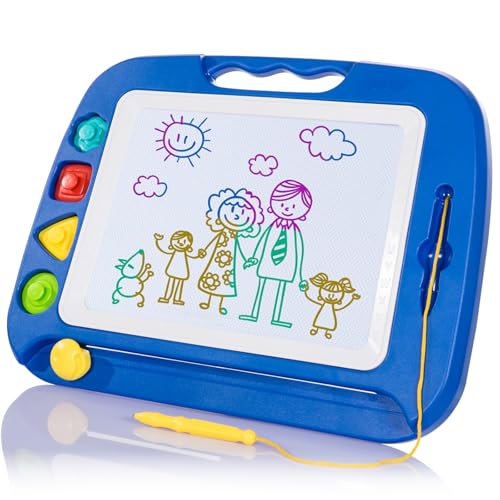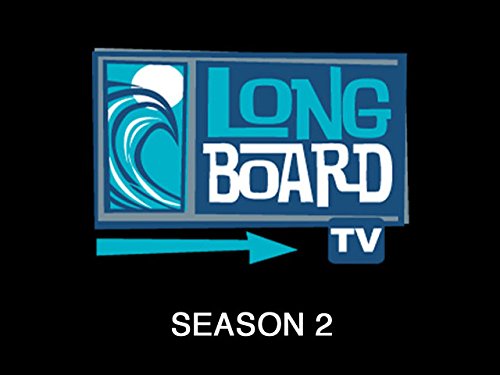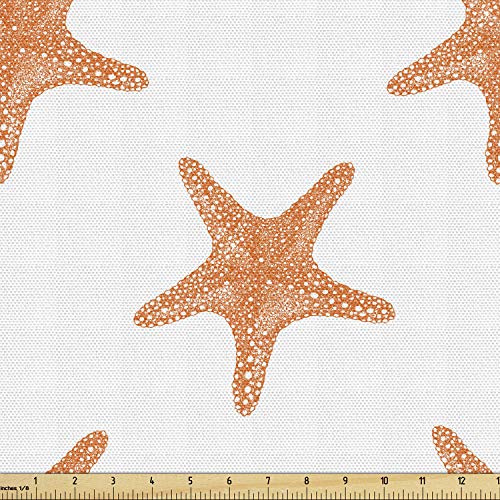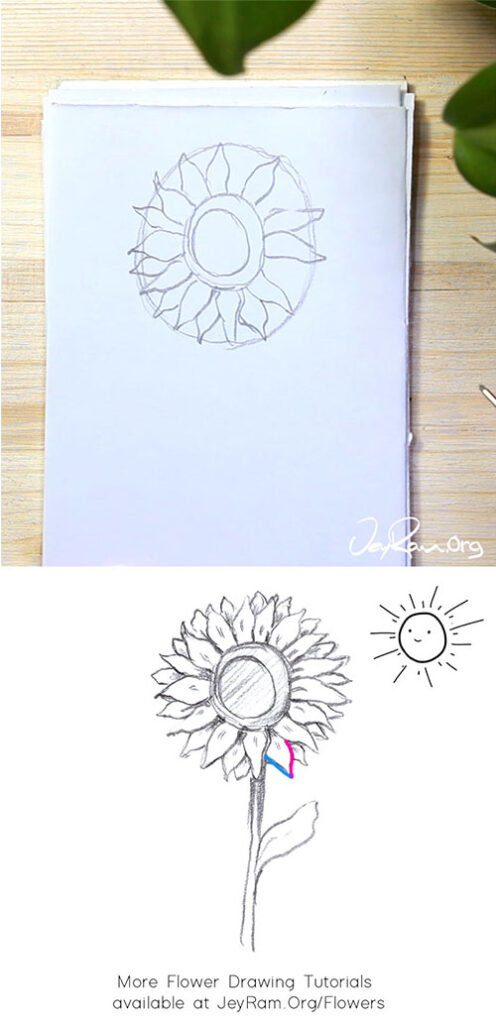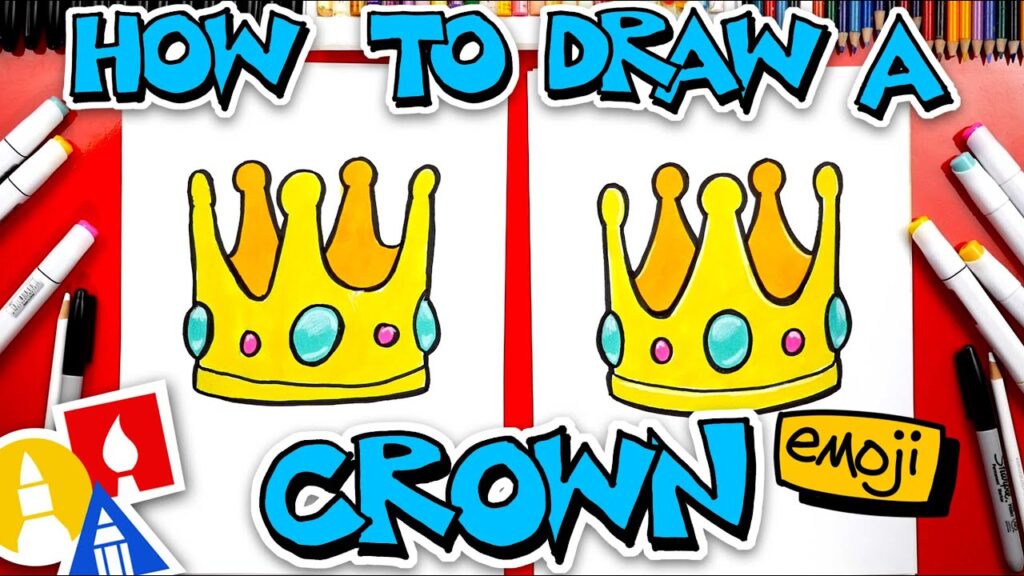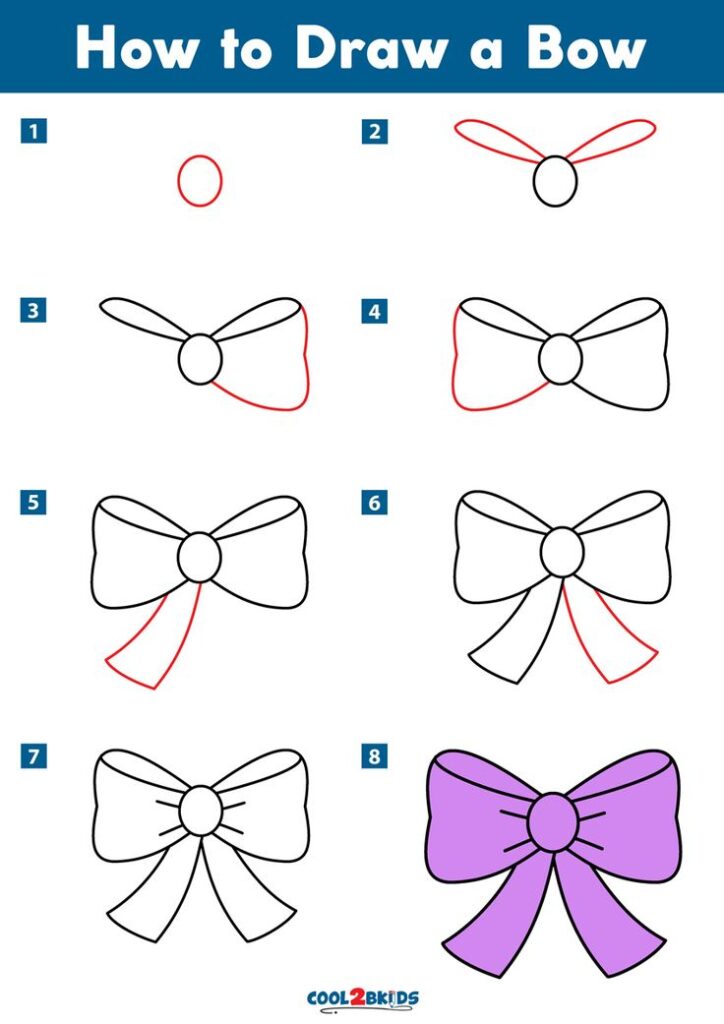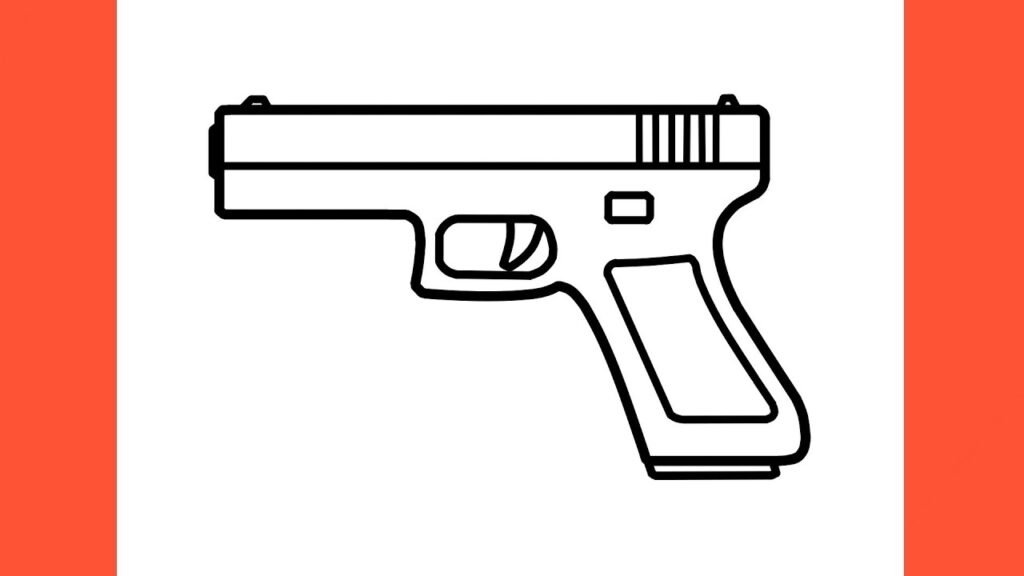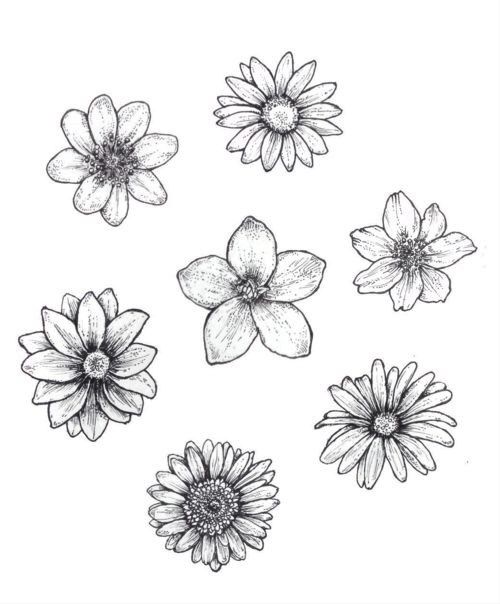Sketching is a beloved art form for many. The right paper can make all the difference.
Artists often seek the perfect medium to express their creativity. The texture, weight, and quality of sketching paper play a crucial role in the outcome of any artwork. Each sketch, whether it’s a quick doodle or a detailed drawing, requires a surface that complements the artist’s style.
Finding the best paper for sketching involves understanding these subtle nuances. This guide explores the top choices for sketching paper. It offers insights into what makes each option unique. Whether you’re a beginner or an experienced artist, selecting the right paper enhances your work and elevates your artistic journey. Let’s dive into the world of sketching papers and discover your perfect match.

Choosing Sketch Paper
Choosing the right paper for sketching can enhance your art. The texture, weight, and quality of the paper influence your drawing experience. Sketch paper serves as the foundation for your creativity. Investing in good paper can make a difference.
Weight And Texture
Paper weight affects how it handles different media. Lighter paper is suitable for pencils and light ink. Heavier paper can support markers and wet media without bleeding. The texture of the paper also plays a role. Smooth paper is ideal for detailed work. Textured paper adds depth to charcoal or pastel sketches.
Acid-free Options
Acid-free paper preserves your artwork for years. Regular paper can yellow or degrade over time. Acid-free options ensure your sketches remain vibrant. They are perfect for artists who want longevity in their work. Consider this option for important or archival pieces.

Types Of Paper
Choosing the right paper is essential for sketching. Smooth, heavyweight paper like Bristol provides excellent support for detailed work. Textured papers, such as watercolor paper, offer unique effects for experimental sketches.
When choosing the best paper for sketching, understanding the different types can significantly enhance your drawing experience. Various papers offer unique textures, weights, and colors that can affect the outcome of your sketches. Knowing the differences can help you make an informed decision on which paper suits your artistic style best.
Newsprint
Newsprint is one of the most economical options available. It’s perfect for quick sketches and practice sessions. You might recall using this paper in art class, where it served as an excellent canvas for experimenting without the fear of wasting expensive materials. Despite its affordability, newsprint has a few drawbacks. It is typically lightweight and prone to yellowing over time. This makes it less ideal for long-term projects or artwork you intend to preserve. If you are just starting out or need paper for rough drafts, newsprint can be a great choice. It allows you to focus on your technique and creativity without worrying about costs.
Cartridge Paper
Cartridge paper is another popular option among artists. Known for its durability, it provides a smoother surface compared to newsprint. This paper is more forgiving for erasing and redrawing, making it ideal for more detailed sketches. Many artists appreciate cartridge paper for its ability to handle a variety of mediums, from pencil to charcoal. If you enjoy experimenting with different tools, this paper can support your artistic needs. One memorable experience I had with cartridge paper was during an art workshop. The instructor encouraged us to use watercolors alongside our sketches. Unlike newsprint, the cartridge paper held up beautifully, allowing the colors to blend seamlessly without tearing. Have you considered what type of paper you prefer for your sketches? Your choice can influence not only the aesthetics but also the longevity of your artwork.
Specialty Sketch Papers
Specialty sketch papers cater to artists with specific needs. These papers enhance the art experience. Each type offers unique benefits for different techniques. Choosing the right paper elevates your sketches.
Watercolor Paper
Watercolor paper is perfect for wet media. It absorbs water without warping. The texture holds pigment beautifully. This paper comes in cold-pressed and hot-pressed options. Cold-pressed has a rough surface. Hot-pressed is smoother. Both types offer unique effects. Artists love the durability of watercolor paper. It withstands multiple washes and layers.
Bristol Board
Bristol board is known for its smooth surface. It suits detailed sketches and ink work. The paper is thick and sturdy. It prevents bleed-through from markers. Bristol board has two main types: smooth and vellum. Smooth is ideal for fine lines. Vellum has a slight texture. It handles graphite and charcoal well. This paper is versatile and reliable.
Surface Finish
Choosing the right paper for sketching shapes the final artwork. The surface finish plays a crucial role. It affects the texture and feel of your sketches. Artists often debate between smooth and rough finishes. Each type offers unique benefits for different styles and techniques.
Smooth Vs. Rough
Smooth paper offers a clean canvas. Ideal for detailed work. Pencils glide easily. It allows for sharp lines and fine details. Great for precise drawings or technical sketches. But it can lack texture. Some artists find it too slick. Rough paper adds character. It has a grainy feel. Perfect for expressive sketches. It adds depth and dimension. Best for charcoal or pastel work. It captures the raw energy of the artist’s strokes.
Tooth And Grain
Tooth refers to the paper’s texture. It affects how materials adhere. Smooth paper has less tooth. Rough paper has more. Grain describes the paper’s surface pattern. Smooth grain is uniform. Rough grain has irregularities. Each impacts the sketch’s outcome. Smooth paper is best for fine lines. Rough paper highlights bold strokes.
Paper Size And Format
Choosing the right paper size and format impacts your sketching experience. It can influence your drawing style and the level of detail in your artwork. Different sizes offer unique advantages and challenges. Let’s explore the options available for sketching enthusiasts.
Pads And Sheets
Sketching pads and sheets offer different experiences. Pads are bound, making them portable and convenient. They keep your sketches organized and protected. Sheets, on the other hand, provide flexibility. They allow you to arrange your drawings as you like. Both options serve specific needs, depending on your sketching habits.
Large Vs. Small
Large paper provides ample space for broad strokes and detailed work. It suits artists who enjoy expansive compositions. Small paper is ideal for quick sketches and travel. It fits easily in bags and pockets. The choice between large and small paper depends on your preferred sketching style. Consider what feels comfortable and inspires your creativity.
Environmental Considerations
Choosing the right paper for sketching isn’t just about texture and quality; it’s also about making environmentally conscious decisions. As an artist, you have a unique opportunity to contribute to a more sustainable world through your material choices. But how can you make sure your sketching practices are eco-friendly? Let’s dive into some options.
Recycled Materials
Have you ever wondered about the journey your sketching paper takes before it lands on your desk? Papers made from recycled materials reduce the demand for virgin resources. This means fewer trees are cut down, and less energy is used in manufacturing.
Consider opting for sketching pads made from post-consumer waste. These are crafted from paper that has been used and then recycled. Not only does this help reduce landfill waste, but it also supports a circular economy. You could be sketching on a paper that once was a school notebook or a novel.
Next time you’re shopping for art supplies, check the packaging for labels like “100% recycled” or “post-consumer content.” Can you imagine how much waste we could prevent if everyone used recycled paper?
Sustainable Choices
Beyond recycled materials, there are other sustainable choices that can make your art practice greener. Look for sketching paper from companies committed to sustainable forestry. These companies ensure that for every tree used, another is planted.
Some brands even offer papers made from alternative fibers like bamboo or hemp. These plants grow quickly and require less water and pesticides. This means your sketches could be made on paper from a source that replenishes rapidly.
Think about the impact of your choices. Could you inspire others by sharing your sustainable art journey? Your decision to use environmentally friendly sketching paper might just encourage fellow artists to do the same.
In making these choices, you’re not only protecting the planet but also supporting companies that care. Isn’t it empowering to know that your art can make a difference?
Cost And Accessibility
When diving into the world of sketching, choosing the right paper is crucial. The cost and accessibility of sketching paper can greatly influence your artistic journey. Whether you’re a budding artist or an experienced sketcher, knowing where to invest or save can make a significant difference. Let’s explore the spectrum of options available, from budget-friendly to premium choices.
Budget-friendly Options
Are you just starting out or practicing daily sketches? Affordable sketching paper can be your best friend. Brands like Strathmore and Canson offer sketch pads that won’t break the bank. These options provide decent texture and weight for everyday use.
Consider buying in bulk. Many art stores offer discounts on multi-packs, ensuring you never run out of paper. Also, local stores often have sales or clearance sections where you can find hidden gems at a fraction of the cost.
Another tip is to check out recycled sketching paper. It’s often cheaper and eco-friendly. Plus, it’s a great way to support sustainable practices while honing your skills.
Premium Choices
If you’re looking to elevate your sketches, premium paper might be the way to go. Brands like Arches and Fabriano are known for their superior quality. They offer paper with a rich texture and robust weight that can handle various mediums.
Investing in premium paper is worthwhile if you’re working on a special project or presenting your work. The difference in quality can be noticeable, especially when you want to showcase your best work. Think of it as giving your art the pedestal it deserves.
However, premium doesn’t always mean expensive. Sometimes, you can find deals online or at art fairs. Keep your eyes peeled, and you might score a deal on high-quality paper.
Ultimately, the best paper for sketching depends on your needs and budget. Do you prefer to sketch freely without worrying about costs, or do you aim for the highest quality to showcase your artistry? The choice is yours, and it’s all about finding what works best for you.
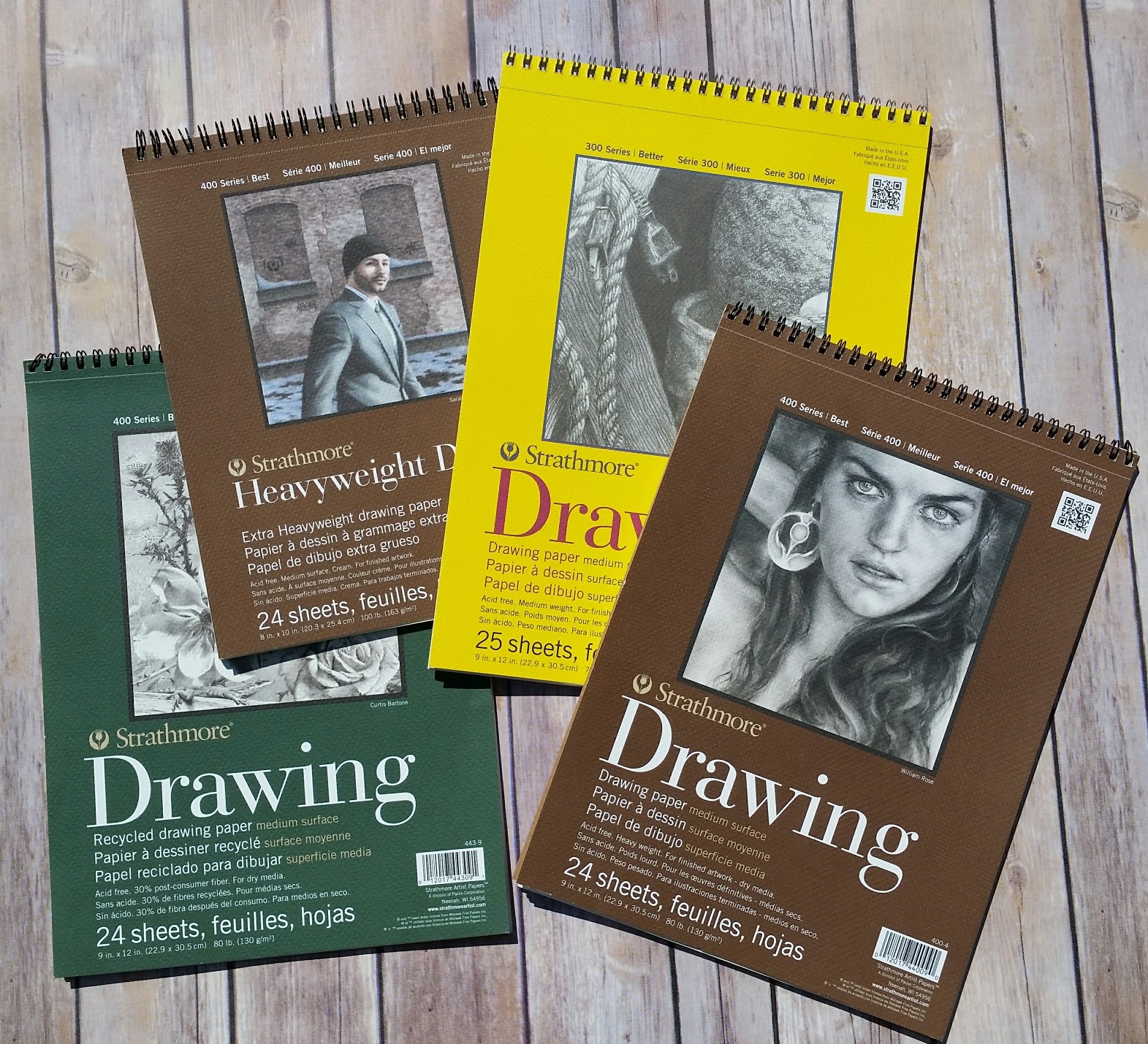
Enhancing Artistic Techniques
Choosing the right paper can transform your sketches. Smooth or textured surfaces influence detail and shading. Quality paper preserves your art, enhancing depth and contrast.
Enhancing your artistic techniques can be a transformative journey. The type of paper you choose plays a crucial role in this process. The right paper can elevate your sketches, providing the perfect surface for your creativity to flourish. From improving your blending and shading skills to ensuring compatibility with mixed media, selecting the best paper is essential. Let’s dive into how the choice of paper can impact your art.
Blending And Shading
The art of blending and shading can define your sketches. When you use a paper with the right texture, it can enhance these techniques. A paper with a smooth surface allows for seamless blending, giving your work a polished look. Consider using hot-pressed paper for sharp, detailed shading. Its smooth texture helps pencils glide effortlessly, letting you create gradients with ease. It’s like finding the perfect dance partner for your pencils. How often have you struggled with uneven shading? Choosing paper that holds graphite well can solve this. Experiment with different textures and find one that complements your style.
Mixed Media Compatibility
Creating art with mixed media can be exciting. But, not all papers can handle the variety of materials you might use. The right paper can support multiple mediums without compromising your work’s integrity. Look for paper that is thick and durable, like cold-pressed watercolor paper. It accommodates everything from ink to pastels, without buckling. This versatility allows you to experiment fearlessly with different tools. Have you ever tried combining watercolors and pencils on thin paper? The results can be frustrating. Opt for mixed media paper to achieve vibrant and lasting artworks. Choosing the right paper means understanding its impact on your techniques. What works for one artist might not work for another. So, test different options and discover what enhances your artistic abilities the most.
Frequently Asked Questions
What Paper Do Professional Artists Use?
Professional artists often use archival-quality paper for durability. Popular choices include watercolor paper, Bristol board, and canvas paper. These options provide excellent texture and absorption for various media. Always consider the medium and desired effect when selecting paper for art projects.
Is Hb Or 2b Better For Sketching?
For sketching, 2B pencils are preferred for their softer, darker lead, ideal for shading and depth. HB pencils are harder and lighter, suitable for detailed work. Choose based on your sketching style and needs.
What Paper Texture Is Best For Sketching?
A medium-textured paper, like vellum or cartridge, is ideal for sketching. It provides good grip for pencils.
What Is The Best Type Of Paper For Sketching?
The best paper for sketching is heavyweight, acid-free, and has a rough texture. This paper supports pencil and charcoal well. Look for sketch pads labeled “drawing paper,” offering durability and a good surface for blending. Brands like Strathmore or Canson provide quality options for artists of all levels.
Conclusion
Choosing the right paper boosts your sketching experience. Smooth textures enhance detail. Thick papers prevent ink bleed, preserving your art. Consider acid-free options for lasting works. Experiment with different types to find your favorite. The right paper makes a difference.
It supports creativity and expression. Sketching becomes more enjoyable and satisfying. Remember, the best paper is the one that feels right. Let it inspire your next masterpiece. Keep practicing and exploring new possibilities. Happy sketching!

